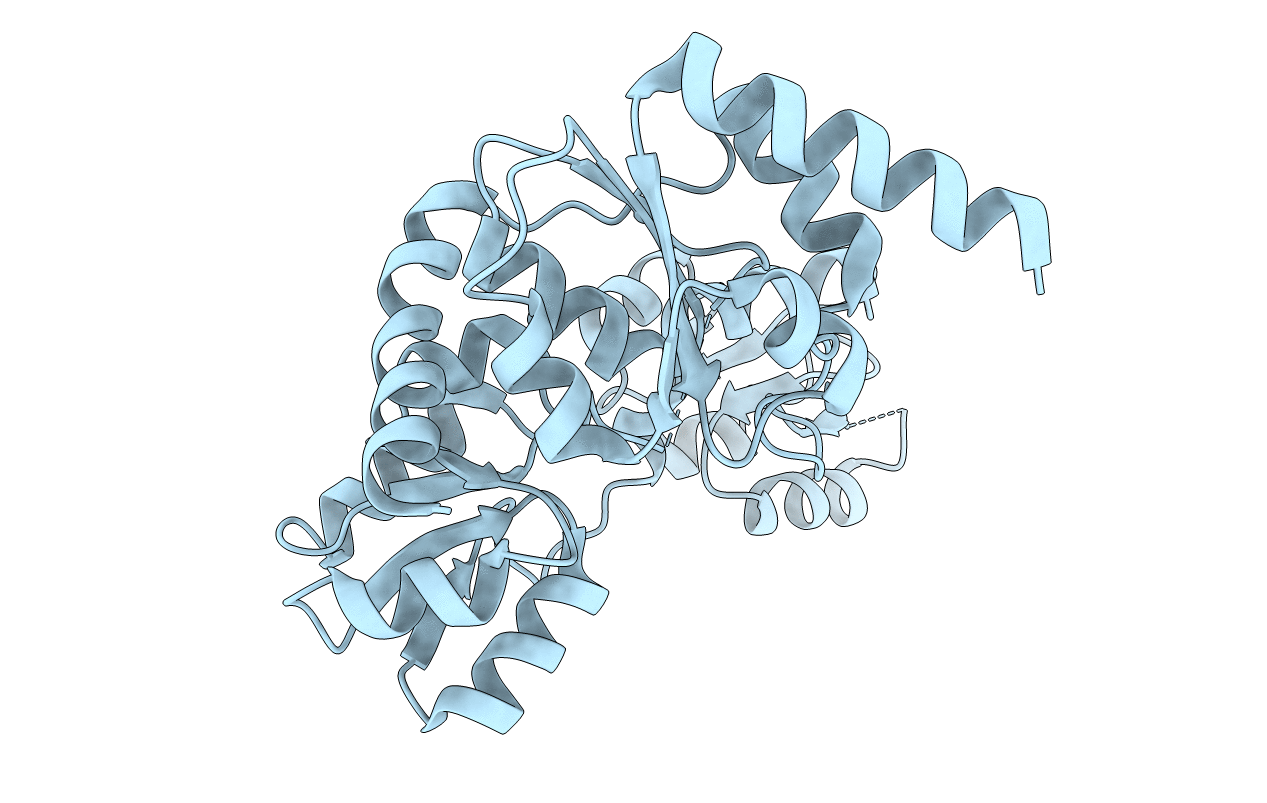
Deposition Date
2012-10-09
Release Date
2013-08-28
Last Version Date
2024-02-28
Entry Detail
Biological Source:
Source Organism:
Pyrococcus furiosus (Taxon ID: 2261)
Host Organism:
Method Details:
Experimental Method:
Resolution:
2.80 Å
R-Value Free:
0.26
R-Value Work:
0.20
R-Value Observed:
0.21
Space Group:
I 2 2 2


